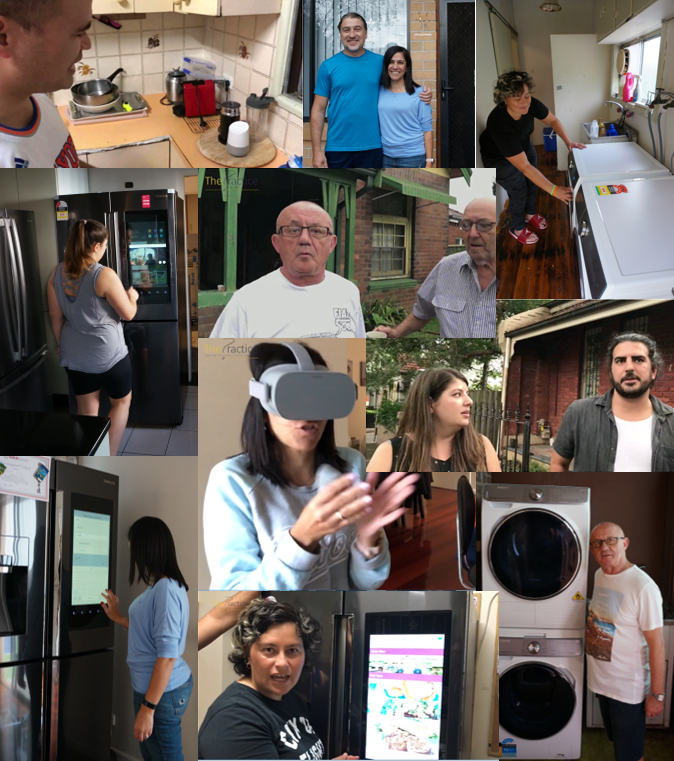From top of mind to tip of tongue: What smart homes will look (and sound) like in 2023
Starcom ‘transported’ four families into 2023 by decking out their homes with smart devices and seeing what happened. It sounds like a reality TV show, but the experiment is proof that marketers need to convert their visual brands into aural ones, and respond to what Starcom refers to as an “expectation revolution” as people connect with their homes, feel smarter, and want more.
Choosing four families, entering their most private spaces, converting them into ‘smart’ homes, and monitoring the results sounds like the premise of a reality TV show, Nicole Conroy, Starcom’s head of insight, acknowledges. And yet, it’s a marketing experiment Starcom, which dubs itself the ‘human experience company’, conducted alongside corporate partners like Visa, Samsung, and Seven West Media to imagine what Australian homes could look like in 2023.
After all, the introduction of ‘smart’ devices that make our homes ‘smart’ has gone better than expected. Far better. Forecasts earlier this year said that Australia would catch up with US smart speaker penetration in around 2022. Fast forward and we’re about to overtake the US at some point this month or next. Three years ahead of schedule.
Starcom started with dozens of families who applied for the experiment, whittling them down to four who represented the diversity of Australia – age, gender, sexual orientation, family unit, and, importantly, technological competency.

The families who participated in the Connected Living experiment were chosen to reflect the diversity of broader consumers

